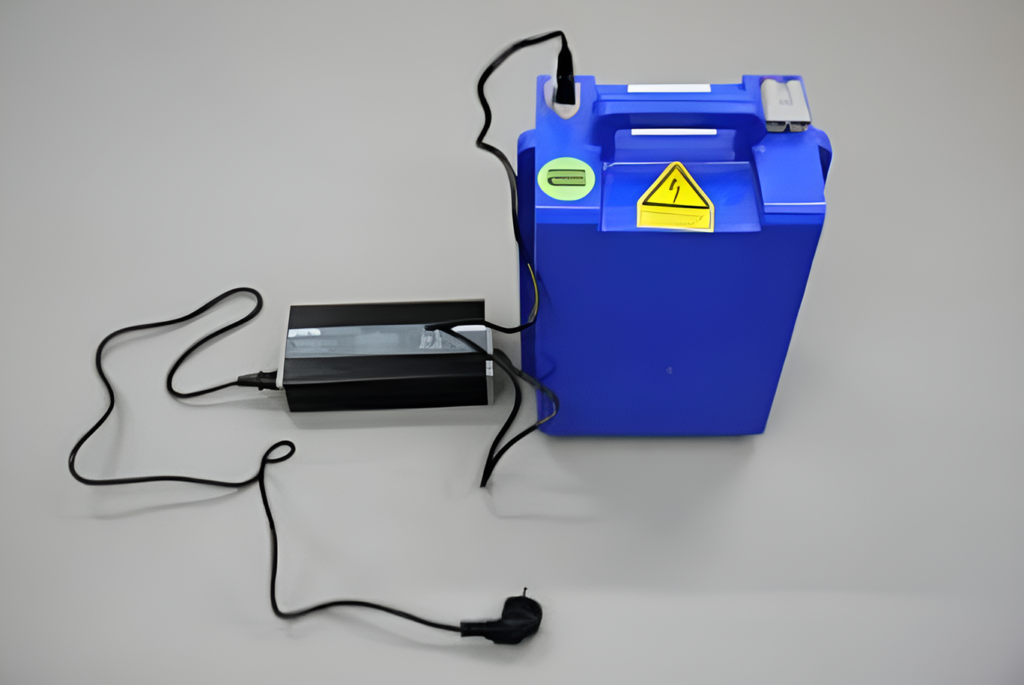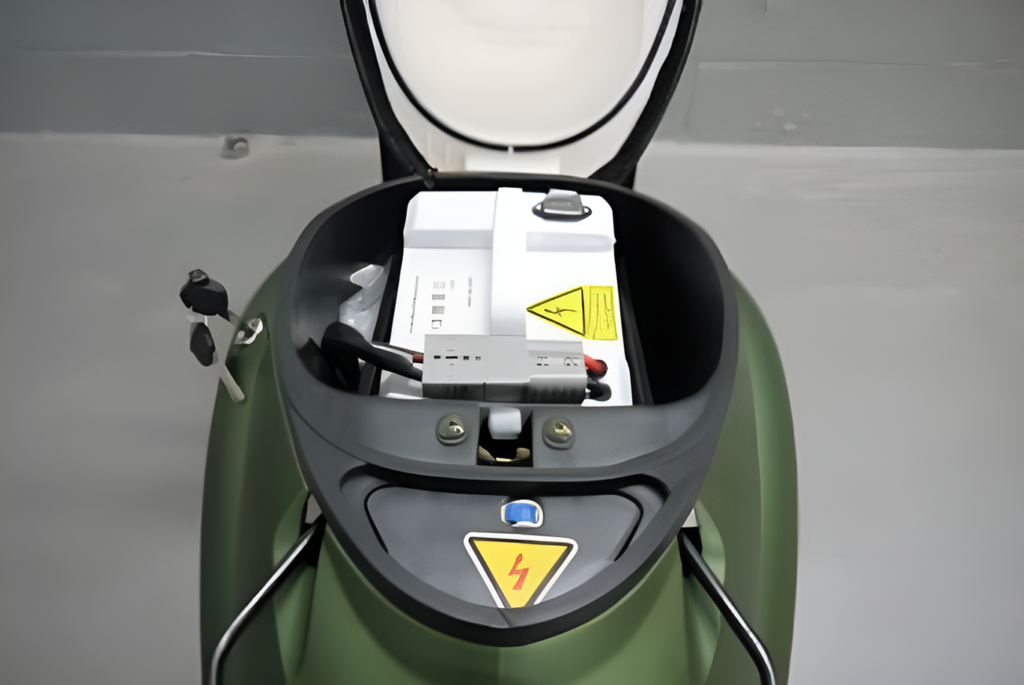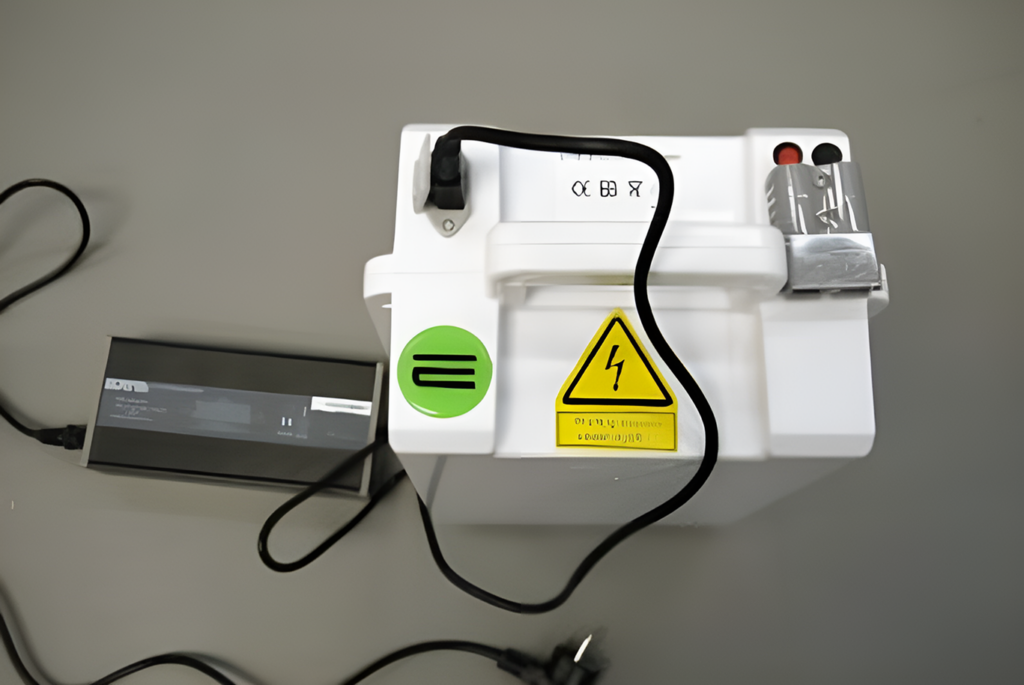
Info
Choose E-Rider for an eco-friendly future.

- Battery Info
We understand that battery-related terminology can sometimes be confusing. However, once you understand how it works, it becomes quite simple. Below, we will explain the key terms and concepts to help you better understand.
- Volt or Voltage (V)
Voltage refers to the amount of electrical energy supplied to a circuit. In this context, a circuit can be any electronic device. For example, a 12V device always receives 12 volts from the battery. A battery has a fixed voltage (e.g., 12V, 24V, or 72V), and each device operates at a specific voltage. Therefore, a device designed for 12 volts must be powered by a 12V battery to function properly.
- Current – Ampere (A)
Amperes (or amps) measure the amount of electrical current flowing per second. If the number of amps increases, more current flows through the device each second. While most electrical devices operate at a fixed voltage, the amount of current they draw can vary depending on usage. For example, the power consumption of a trolling motor changes based on speed—at full throttle, it draws more amps than at half throttle.
Example: Suppose I have an ERIDER PUSA Li3. The trolling motor operates at 72V and currently draws 15A. If I increase the speed, the motor still runs at 72V, but now it pulls 25A. The voltage remains the same, but the current increases.

- Power – Watts (W)
Power is the voltage multiplied by the number of amps, or W = V x A. This is the amount of energy consumed by a device and therefore an indication of how powerful it is. This goes up when the number of amps also goes up.
Example 1: Suppose I have a 72V motor that draws 15A. The power consumption is calculated as 72 × 15 = 1080W.
Example 2: Suppose I have another 72V motor running at gear/speed setting 2. At this setting, the motor operates at 72V and draws 15A, resulting in a power consumption of 1080W (72 × 15). When I switch to gear/speed setting 3, the motor still runs at 72V but now draws 25A. The power consumption increases to 1800W (72 × 25).
- Capacity – Amp hours (Ah)
Battery capacity is measured in amp-hours (Ah), which indicates how many amps a battery can supply in one hour. For example, a 72V lithium battery with a capacity of 100Ah can deliver 100A to a 72V device for one hour. The same 100Ah battery could power a 25A device for 4 hours (100 ÷ 25 = 4). If a battery is labeled as 72V50, it operates at 72 volts with a capacity of 50Ah. Similarly, a 24V100 battery runs at 24 volts with a capacity of 100Ah, and so on. In practice, for lead-acid batteries, the nominal capacity (the capacity stated in the specifications) often differs significantly from the effective capacity (the actual usable capacity during operation).
Example: Suppose I run my ERIDER motor at 72V, drawing 15A. With a 72V battery of 52Ah, my total runtime is 52 ÷ 15 = 3.4 hours.If I switch to a higher speed and the motor now draws 25A, my total runtime decreases to 52 ÷ 25 = 2.08 hours.

- Capacity – Watt-hour (Wh)
Another way to measure battery capacity is in watt-hours (Wh). This is calculated by multiplying the battery voltage by its amp-hour (Ah) capacity: Wh = V × Ah.
For example, a 72V 100Ah battery has a capacity of 72 × 100 = 7200Wh (or 7.2kWh). Similarly, a 24V 50Ah battery has a capacity of 24 × 50 = 1200Wh (or 1.2kWh).
Example: Suppose I have a 2000W HUB motor and a battery with a capacity of 7200Wh. At full throttle, my runtime with this battery is 7200 ÷ 2000 = 3.6 hours.
I don’t even need to know the exact voltage of the HUB motor or battery to calculate this, as long as they operate at the same voltage.
An attentive reader will notice that battery runtime can be calculated in two ways:
- By dividing the battery's amp-hour (Ah) capacity by the current draw (A) of the trolling motor.
- By dividing the battery's energy capacity in watt-hours (Wh) by the power consumption (W) of the trolling motor.